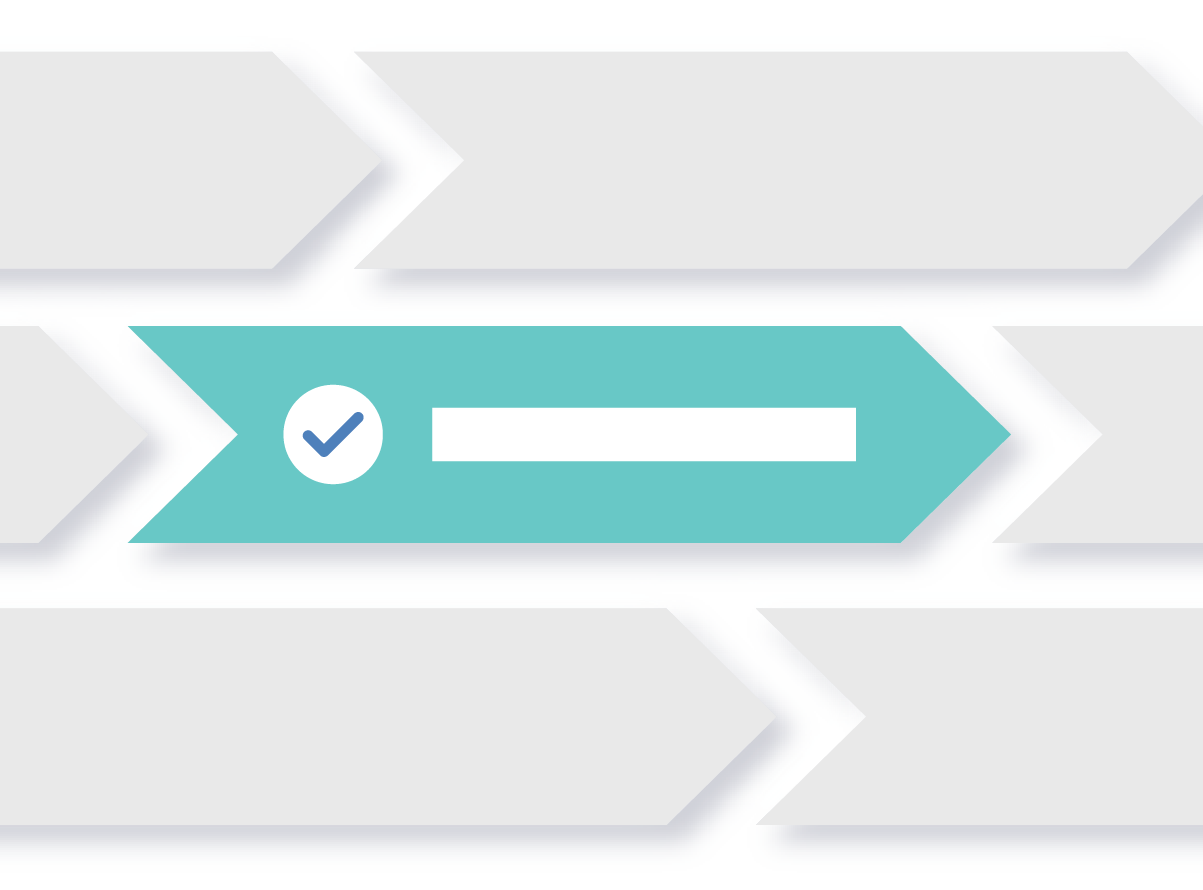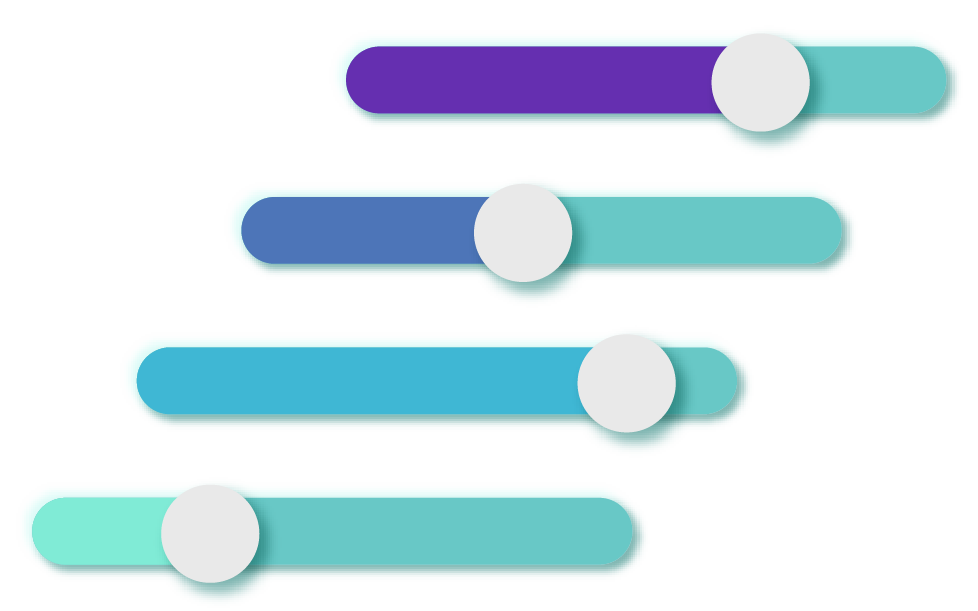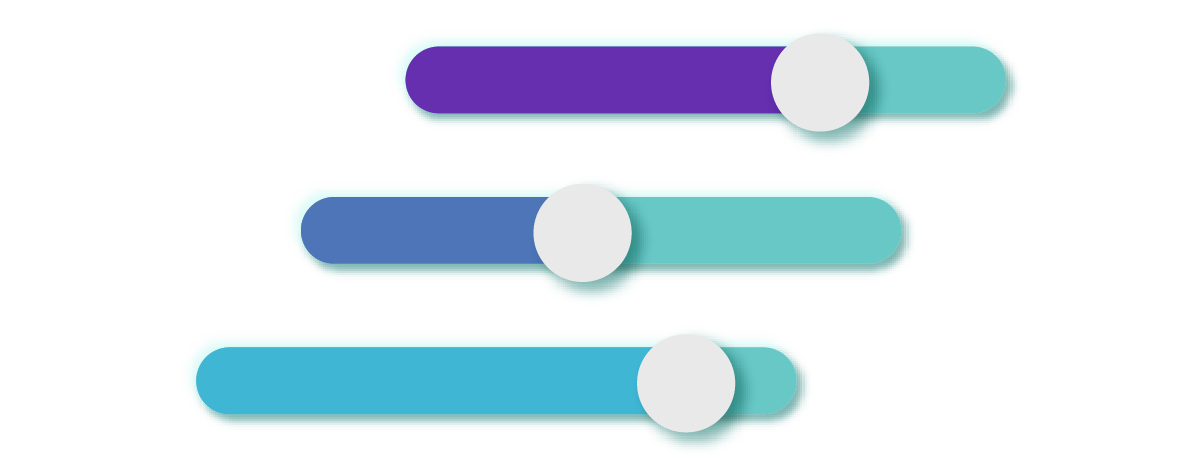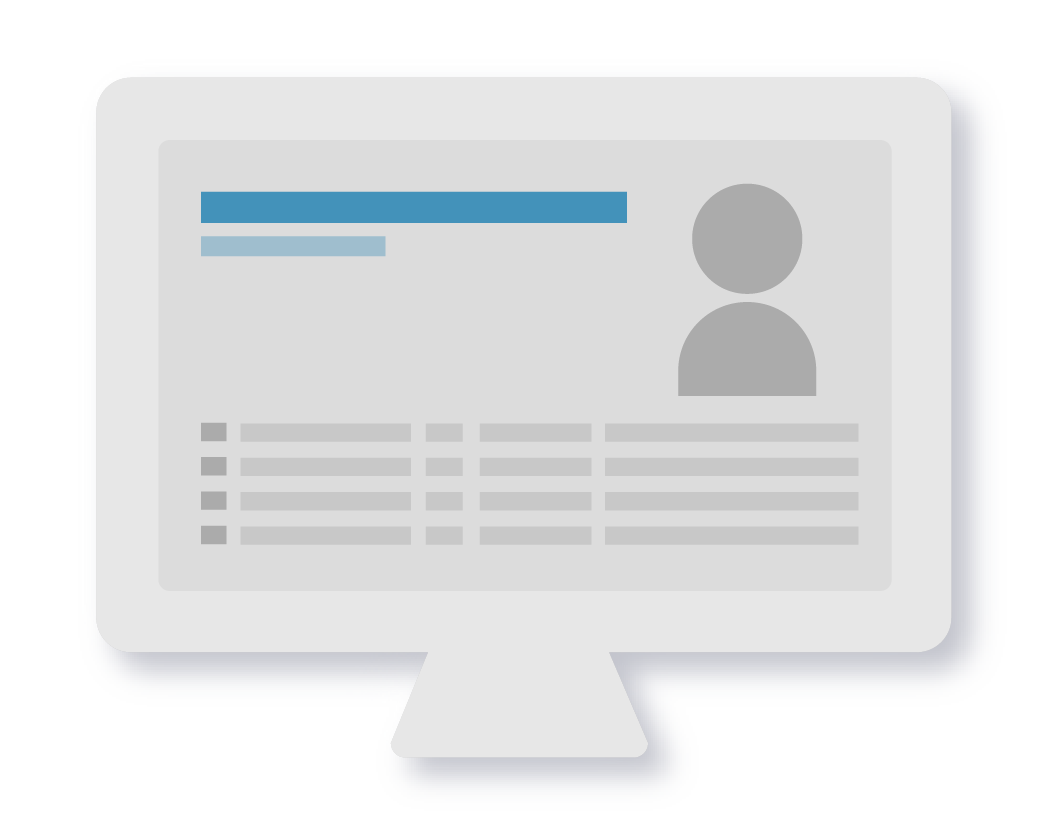Make your hiring process seamless, efficient, and completely connected. Our applicant tracking system helps you get more done in less time, without sacrificing quality. From job postings to offer letters, everything happens in one place, so your team can stay focused and move fast.










